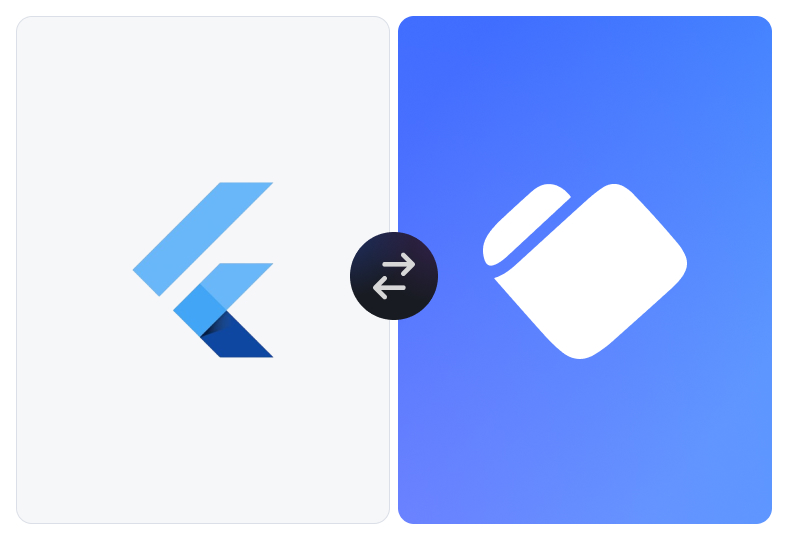
Please be aware that our Flutter SDK is in open alpha at the moment!Available now:
- email login (headless)
- sms login (headless)
- auth flow UI
- profile UI
- EVM embedded wallets
- web3dart integration
- social login
- solana embedded wallets
Installation
Simply run the following in your terminal:Set up
Getting started withDynamicSDK takes only three steps:
1. Initialize your client
First you have to start the client singleton with your data inClientProps;
2. Wait for the SDK to load
Add theDynamicSDK.instance.dynamicWidget and wait for the SDK to loaded using the DynamicSDK.instance.sdk.readyChanges stream;
3. Do your stuff
That’s it! Now you are good to go! See below how to authenticate using our UI:Available modules
Let’s walk you through the available modules and how to use most of the features.SDK Module
- Get to know when the SDK is ready to be used by listening to
readyChangesstream.
User Interface Module
- Use our interface to sign in
- Use our interface to see the user’s profile
Auth Module (headless authentication)
- Headless e-mail sign in
- Headless SMS sign in
- Verity OTP
Wallets Module
- Get network
- Switch networks
- Sign message
getBalance and setPrimary are as straight forward as the ones above.
You can read more about our client package here.
